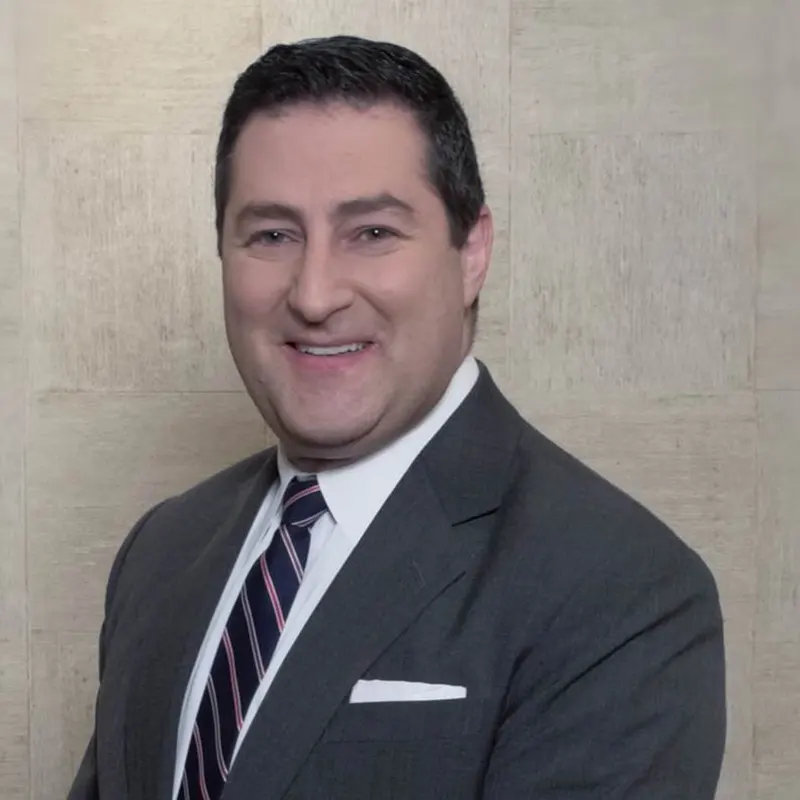

Portability is the ability to move a certain amount of money that can be left to others tax-free for estate planning purposes, as described by WMUR9’s article “Money Matters: Portability and estates.” Before the new tax laws, spouses were not allowed to share their exclusions. The Tax Cuts and Jobs Act increased the exclusion significantly. In 2019, it is $11.4 million per person.
The portion not used by the deceased spouse can be transferred to the surviving spouse. If that were not good enough, the exclusion is indexed for inflation. However, this exemption is due to end in 2025, unless the law is extended. If it does end, it will probably lower to one-half of the current level.
Before the tax law changes, most estate planning lawyers would set up a trust for each spouse, known as an A/B trust. When the first spouse died, an amount equal to the exclusion would go to the B trust. The assets in the trust would be outside of the estate of the survivor and would not be subject to estate taxes. This is also known as a credit-shelter bypass trust.
Any assets in the estate of the first spouse to die, would be given to the surviving spouse or could go into another trust, depending upon the plan for the estate. The trust was often called an “A” or “marital” trust. Transfers to spouses are not usually subject to estate tax, so assets passing to the “A” marital trust would be free from estate tax. Upon the death of the survivor, their exclusion would be applied to the assets in the “A” trust. This was done so that both spouses received the benefit of their exclusion.
However, with the new tax law, the first to die uses the exclusion against assets in their estate. Any unused exclusion amounts can then be used by the survivor, along with their own, when they die.
It seems like this may make a lot of things simpler, but that’s not necessarily so. Here are a few reasons:
Estate planning documents prepared before 2010 may no longer work to achieve tax savings. It is recommended that they be reviewed in light of these and other tax law changes. Ask your Estate Planning Attorney.
Reference: WMUR9 (Nov. 21, 2019) “Money Matters: Portability and estates”
The 15 minute initial phone call is designed as a simple way for you to get to know us, and for our team to learn more about your unique estate planning needs.

222 Bloomingdale Rd #301,
White Plains, NY 10605
120 North Main Street, Suite 203,
New City, NY 10956
